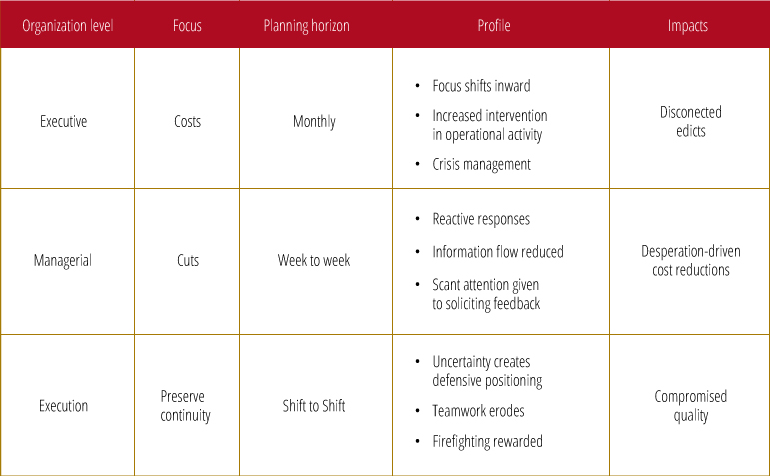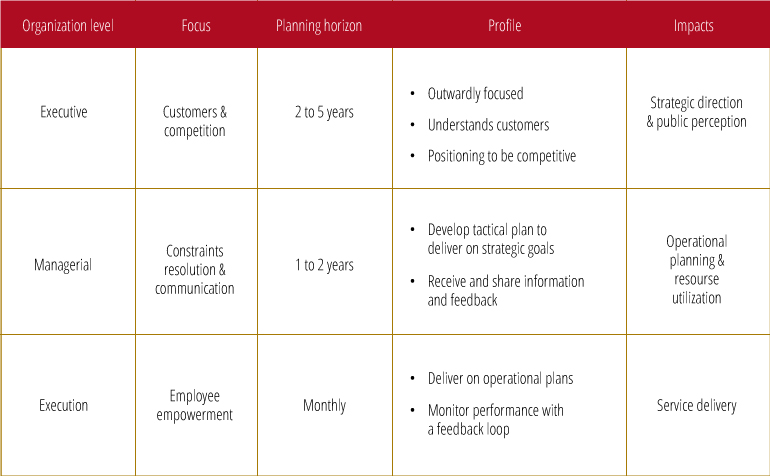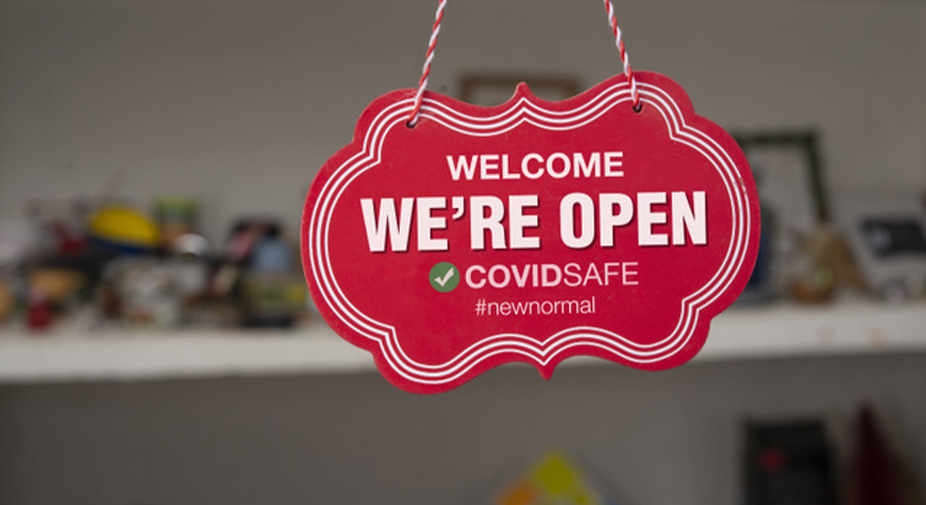Thankfully, it now appears COVID-19 will begin to abate in the foreseeable future. Retailing will continue to recover, but in a landscape that’s been permanently altered.
Retailers and brands already buffeted by competitive pressures were initially too slow to act and the cost has been catastrophic. It is critical that the leaders of these companies recognize that recovery and transition will carry new challenges and risks. Recovery can NOT be a restoration to the retail industry as we knew it, as fundamentally consumers’ habits have evolved in response to the pandemic.
A rapid and significant shift in shopping patterns was driven by consumers as they became preoccupied with safety. Retailers’ fire drill response to the pandemic forced a retrenchment in every aspect of their business. Every day became an exercise in survival, made more challenging by the seemingly daily lifeboat exercises that retailers were forced to adopt.
With safety comes convenience
What consumers discovered is that the tactics that made shopping safer gave rise to a level of convenience that had not been offered previously. The widespread adoption of tactics like BOPIS, curbside pickup and contactless transactions quickly gained favor. As the pandemic abates, concerns for safety may recede, but the desire for the convenience that comes with these programs will persist. Recovery demands transition.
The transition from operating in “crisis mode” to some semblance of “normal” must be more than a return to business as it used to be because consumers’ habits have now changed. This carries a degree of peril as consumers now have expectations for a level of convenience that did not exist prior to the pandemic. This presents a challenge to the entire organization, but is particularly acute at the executive level as it is incumbent upon them to develop a new strategic vision to respond to changing consumer expectations. Failure to do this creates the impetus for customers to transfer their loyalties to competitors who do respond.
In “Pandemic Crisis Mode,” strategy is subordinate to survival. During this time, focus on making payroll and conserving cash to keep the doors open took precedence over discussions about sustained growth and profitability. One of the hallmarks of operating in crisis mode is the compression of decision making. When the store manager is called upon to load cars as a part of curbside pick-up and senior executives are negotiating extensions in payables terms, it is clear that people are not paying attention to the jobs they were hired to do while they are called to react to a succession of fire drills.
As illustrated in the grid below, the impact of crisis mode compression decision making has negative consequences.
The Crisis-Compressed Organization

As negative as these impacts are, there are times when operating in crisis mode is unavoidable. The trap into which many organizations fall is failing to take the deliberate steps necessary to pull out of crisis mode. Thus, they become habituated to crisis management, which becomes an impediment in transitioning back to an operating model that will sustain long-term success.
Organizations that do transition back to normal operating mode must resist the temptation to return to the comfort of the familiar pre-pandemic past. It is incumbent upon retailers to remain mindful that the post-pandemic world will differ significantly in the needs and expectations of consumers.
The grid below can serve as a useful template for refocusing on the new expectations of the customer and the new competitive environment.
The Post-Pandemic Organization

There have been chronic challenges retailers have dealt with over the past few years. One of the pernicious effects was a gradual succumbing to shortened planning horizons that has driven short-term thinking. The abrupt changes caused by the pandemic has made these challenges more acute for all retailers — and overwhelming for many.
For all the pain and dislocation that the pandemic has created, there is a benefit that we should not lose sight of. The capabilities of innovation and agile responsiveness have developed for those retailers who have survived, and as such have created change able organizations.
Almost overnight, the pandemic created the need to deploy measures to keep both employees and customers safe, encompassing everything relating to the end-to-end shopping experience. This is, in recovery, management’s opportunity to restore the strategic thinking of the long-term growth horizon instead of a quarterly survival horizon.
